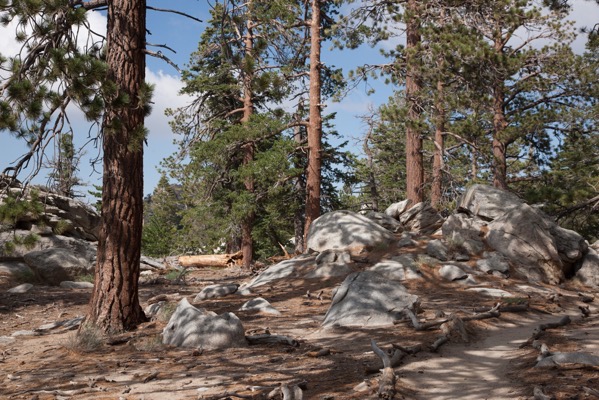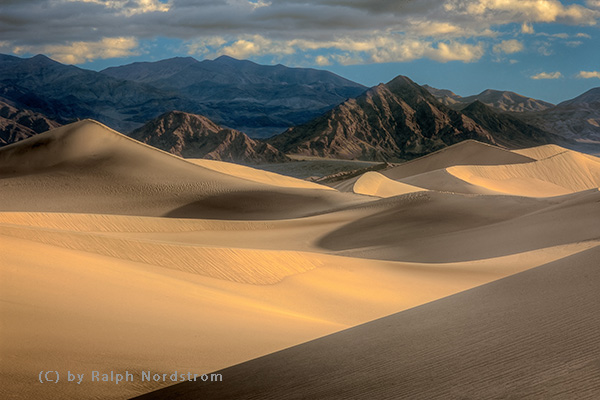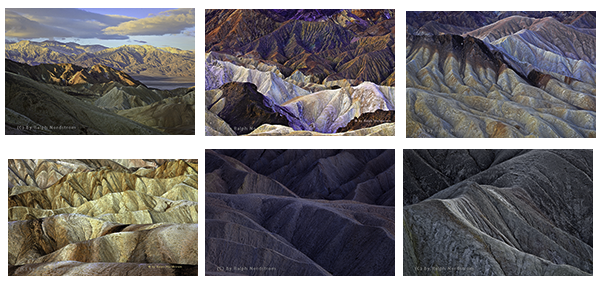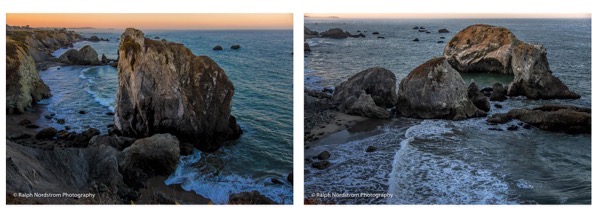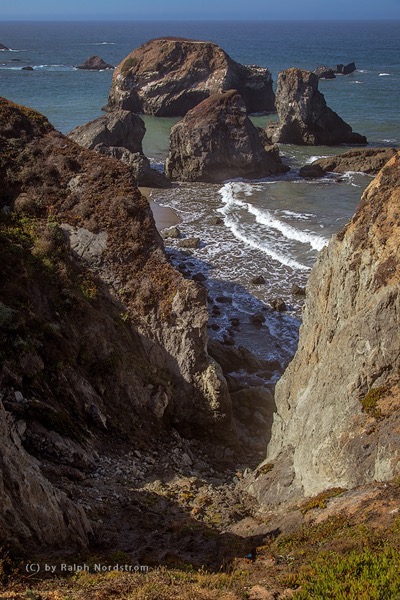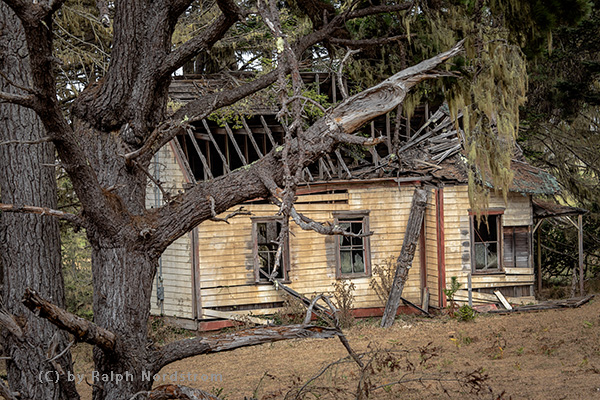Let’s face it, megapixels have been a great marketing tool. “The more there are, all the better,” or so the logic goes. And when a camera manufacturer announces another big jump in megapixels, the photography world sits up takes notice. The question, however, is, ‘How many megapixels do you really need?” Admittedly, this may be different from, “How many megapixels do you want?” The answer to the second question kind of depends on your financial resources and the desire to stay on top of new technology developments. But there is an objective answer to the first question (although it may not be gratifying). But to answer it we need to start at the beginning…
What is a Pixel?
A pixel, or picture element, is a term commonly used across many media – camera sensors, monitors, TVs, etc. But each has its own design. We will stick to the camera sensors.
A single pixel is made up of four elements called pixel sensors arranged in a square pattern. And each element has a colored filter – one red, one blue and two green. It’s called the Bayer pattern.
Cambridge in Color has a great article titled Digital Camera Sensors, if you care to take a deeper look. The high-level overview begins with colored light coming through the lens and falling on the sensor. At each pixel element the intensity of red, green or blue light is captured. The intensity is voltages that capture a continuous range of brightness, something like dimming or brightening a light bulb. The computer’s processor, among other things, converts the continuous signal from each element into 32,766 discrete digital steps (14 bits). And that is what gets saved on your memory card as a RAW file.
The important takeaway, however, is that each pixel is made up of four elements – one red, one blue and two green.
By the way, you’re probably asking, “Why two green elements?” Well, as it turns out, that mimics the color sensitivity in our eyes. You see, the cones in our retina are sensitive to red, green and blue light. But it turns out that our eyes are more sensitive to green than red or blue. So, making the sensors with two green elements mirrors what the way our eyes work.
Moving on….
Continue reading “How Many Megapixels Do You Need?”
(1101)


